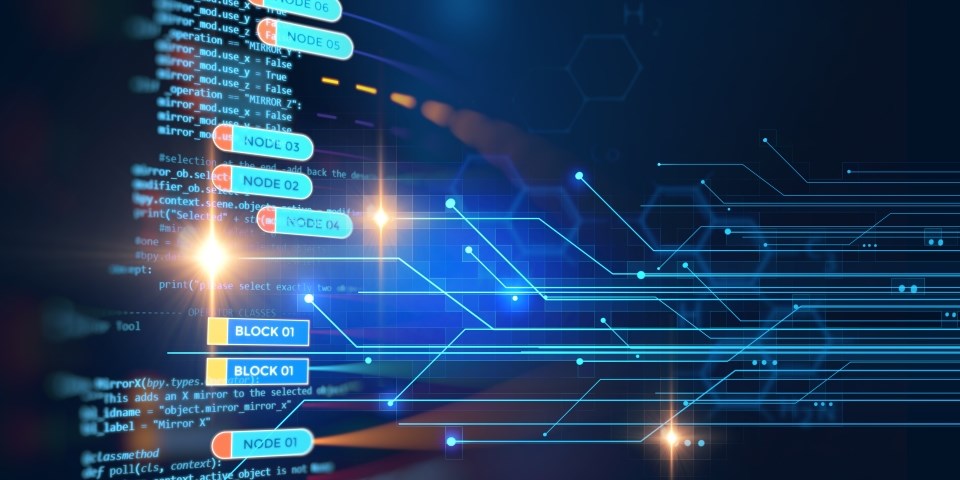The first enabler to a more digital inspection service is the use of remote technologies. The way it works is that multi-parties can attend an inspection remotely, operated by a DNV GL technical expert from the office without the need for a presence at the location. A digital camera, smartphone or intrinsically safe wearable with a connection to Wi-Fi, 4g or satellite depending on conditions and availability is sufficient to do the job at the inspection site. There is an element of knowhow and expertise required to perform remote inspection. This is complemented by strict governance and a risk-based approach that we apply at DNV GL, especially when it comes to determining which activities are suitable for remote monitoring and which are not. Over the past year, we have seen our ability to provide more targeted, and focused inspection services grow thanks to remote technology. Remote technologies have enabled us and our customers to save valuable time, reduce travel and inspection costs and reduce our carbon footprint. It has also provided access to technical experts in time-critical cases remotely and generally improved project quality by delivering inspections where it is cost prohibitive in traditional inspection.
Another enabler is the adoption of enhanced and smarter inspection reporting. Moving to faster and more accurate reporting, through online report applications offering more standardised templates needs to become the norm. At DNV GL we have addressed this by recently launching our suite of online applications. Gathering structured and standardised inspection data through smart reporting will enable better and faster data mining and analyses. Using domain expertise and bespoke tools such as the DNV GL online tool, inspection explorer, to read and analyse inspection data, it becomes more feasible to create value that will improve an educated decision making about procurement and quality management.
In the past, we could use historical inspection data that is available in different formats and in many instances unstructured, to provide insights on inspection test plans or equipment either to a project or a customer over a defined period. However, the process was not straightforward.
In the future, with standardised digital reporting and structured data streams, it will become much easier. We believe that we are just scratching the surface of the potential of inspection data. My hope is that stakeholders across the supply chain of the oil and gas industry will step out of their comfort zones, that is the biggest challenge we need to overcome collectively.
Technology adoption is but one factor in the digital transformation of inspection; the most critical factor is embracing a culture of change. While our industry lags others in adopting digitalisation, it is reassuring to see increasing interest from operators, contractors and vendors alike in experimenting with remote witnessing. We will continue to work with our partners on this journey to redefine standard inspection practices and introduce new ones.



 About the Author
About the Author